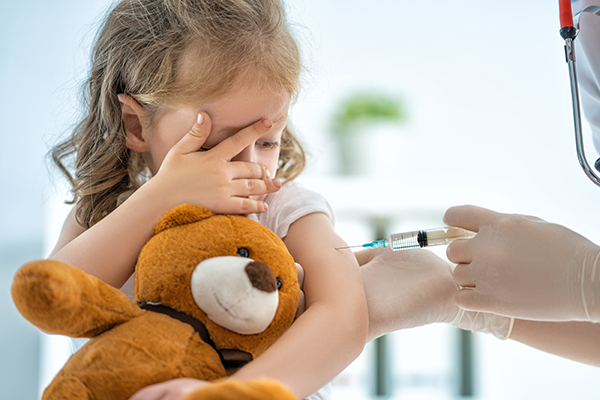
Now, the number of cases in the U.S of the multi-drug resistant yeast has jumped from seven to more than 122. What’s worse, this so-called superbug is resistant to most mainline treatments, killing about 60 percent of those who've been infected with the yeast, the Daily Mail Online reported.
Though superbugs usually reference bacteria that have evolved to resist multiple antibiotics and are especially hard to kill, this deadly yeast also appears to have evolved resistance to multiple drugs. The yeast was first identified in Japan in 2009 and has now been found in more than a dozen other countries. In the U.S., the first multidrug-resistant C. auris infections were recorded in New York and New Jersey, which have now spread to five more states (Illinois, Indiana, Maryland, Massachusetts, and Oklahoma).
In the past few weeks, the superbug as stepped it up a notch. As of May 12, 2017, 77 clinical cases of C. auris had been reported to the CDC, with the majority of cases being identified in New York (53 cases). The other states included New Jersey (with 16 cases), Illinois (four), Indiana (one), Maryland (one), Massachusetts (one), and Oklahoma (one). In New York, 17 patients have died after contracting a C. auris infection. State officials, however, said that everyone infected had other illnesses, meaning the fungus was not necessarily the cause of death.
The yeast can survive on surfaces in rooms and on the skin of nurses and patients. The yeast easily spreads between people, even after a treatment with antifungal medications. After screening the close contacts of infected patients, an additional 45 cases, mostly patients on the same ward, with C. auris were isolated, bringing the total to 122 patients who contracted the deadly infection.
According to Dr. Paige Armstrong of CDC, the yeast is acting like a superbug bacteria. It is often difficult to recognize and has been misidentified as other less deadly infections.
A serious, emerging global health threat
With its 122 cases, the infection still appears to be relatively rare in America. Nonetheless, the CDC has labeled it “a serious global health threat” since some strains are resistant to all major classes of antifungal drugs.
For the CDC’s Morbidity and Mortality Weekly Report published on May 19, 2017, researchers analyzed the first 35 clinical isolates and found that in 86 percent of the samples the yeast was resistant to fluconazole, 43 percent resistant to amphotericin B, and three percent to echinocandins, which are the standard treatment methods for a yeast infection like this.
According to their findings, the yeast mostly spreads in hospitals or among family members. After screening 390 close contacts, the CDC’s report noted that 12 percent were colonized by C. auris. Furthermore, testing of patients' rooms also recovered C. auris from mattresses, beds, windowsills, chairs, infusion pumps, and countertops, the report noted. However, C. auris was not isolated from rooms after being thoroughly cleaned with a sodium hypochlorite-based disinfectant.
Given its highly infectious character and high mortality rate, health officials decided to sound the alarm. The fast spread of the disease to other states has prompted the CDC to take preventive measures. They updated the guidelines -- urging doctors and hospital staff to isolate C. auris sufferers. Follow more news of infectious disease outbreaks at Outbreak.news.
Sources:
Please contact us for more information.





















